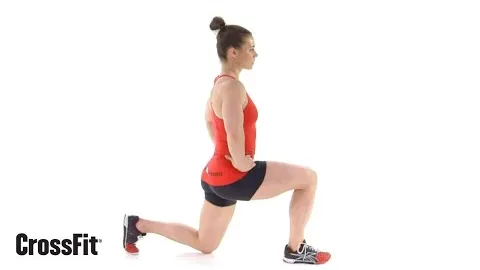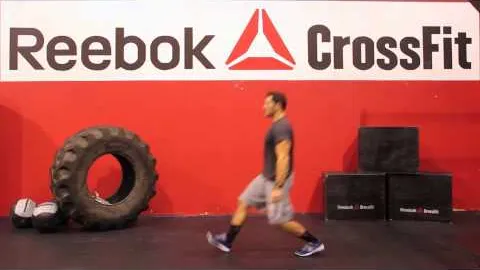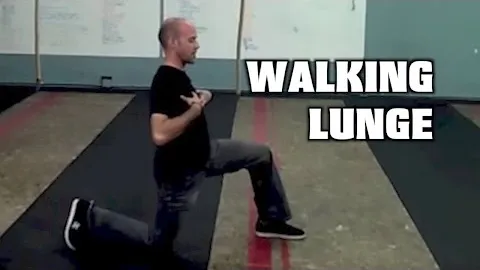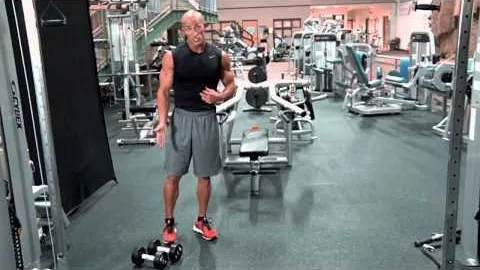



If you're looking for an effective lower-body exercise that can strengthen your muscles and improve your balance, look no further than the walking lunge. This exercise is an excellent addition to any workout routine, whether you're a beginner or a seasoned fitness enthusiast. In this article, we'll break down the walking lunge exercise, its benefits, how to perform it correctly, and some variations to keep your workouts interesting.
Walking lunges are a compound exercise that primarily targets the muscles in your lower body, including the quadriceps, hamstrings, and glutes. Here are some key benefits of incorporating walking lunges into your fitness routine:
Muscle Strengthening: Walking lunges engage multiple muscle groups simultaneously, making them an efficient exercise for building strength and muscle tone in your legs and glutes.
Improved Balance: This exercise requires controlled movement, promoting better balance and coordination.
Increased Flexibility: Performing walking lunges on a regular basis can help improve hip flexibility and mobility.
Functional Movement: Walking lunges simulate movements that we often perform in our daily lives, like walking up stairs or getting up from a seated position. By practicing this exercise regularly, you can enhance your overall functional fitness.
Calorie Burn: Just like with any other lower-body exercise, walking lunges can contribute to calorie burning and weight management.
To perform walking lunges correctly, follow these step-by-step instructions:
Starting Position: Stand tall with your feet hip-width apart and your hands on your hips. Engage your core and maintain an upright posture throughout the exercise.
Step Forward: Take a long step forward with your right foot, landing on your heel. Keep your knee aligned with your ankle and lower your body into a lunge position. Your right thigh should be parallel to the floor, and your right knee should be at a 90-degree angle. Your left knee should be hovering slightly above the ground.
Push Off: Push off your right foot and bring your left foot forward into the next lunge. Repeat the same movement, alternating between your right and left legs with each step.
Form Tips: Maintain a smooth, controlled motion throughout the exercise. Keep your core engaged to stabilize your body, and avoid arching your back. Keep your gaze forward and avoid looking down. Make sure your front knee doesn't extend past your toes to prevent unnecessary strain on your joints.
Repetitions and Sets: Aim to perform 10-12 lunges on each leg for one set. Complete 2-3 sets as part of your lower-body workout routine.
Once you've mastered the basic walking lunge, you can switch things up by trying these variations:
Walking Lunge with Dumbbells: Hold a dumbbell in each hand while performing walking lunges to add resistance and increase the challenge.
Side Lunge to Walking Lunge: Instead of stepping forward, take a lateral step to the side and lower your body into a side lunge. Push off the side lunge and bring your trailing leg forward into a walking lunge. Alternate between side lunges and walking lunges to target different muscles in your legs.
Reverse Lunge to Walking Lunge: Start by stepping backward into a reverse lunge instead of stepping forward. Push off the reverse lunge and bring your leading leg forward into a walking lunge. Alternate between reverse lunges and walking lunges to challenge your muscles in different ways.
The walking lunge exercise is a versatile and effective lower-body movement that offers numerous benefits for strength, balance, and flexibility. By incorporating walking lunges into your workout routine and experimenting with different variations, you can take your fitness to the next level. Remember to always maintain proper form, listen to your body, and consult with a fitness professional if you have any concerns. Start lunging your way to a stronger lower body today!
If you're looking for a gym, fitness club or yoga studio, you've come to the right place.
You can find information about gyms in your area. Browse catalog of gyms and find gyms with classes which are you looking for.
On gym page you can find simple information like address, phone or website. You can find list of available classes. You can check availability of personal training or small group classes. On place page you can also see information about open hours.
You can find gyms near you with amenities, courts, studios and equipments.
Use our map to find gym at your city or district.
In Gym Navigator you can find list of exercises with movies for many body parts.
You can browse exercises catalog and find exercises the best of you.
You can also find exercises grouped into workout plans, which you can use to improve you body. Each routine show you exercises one by one and give you possibility to count you progress and count down rest time.